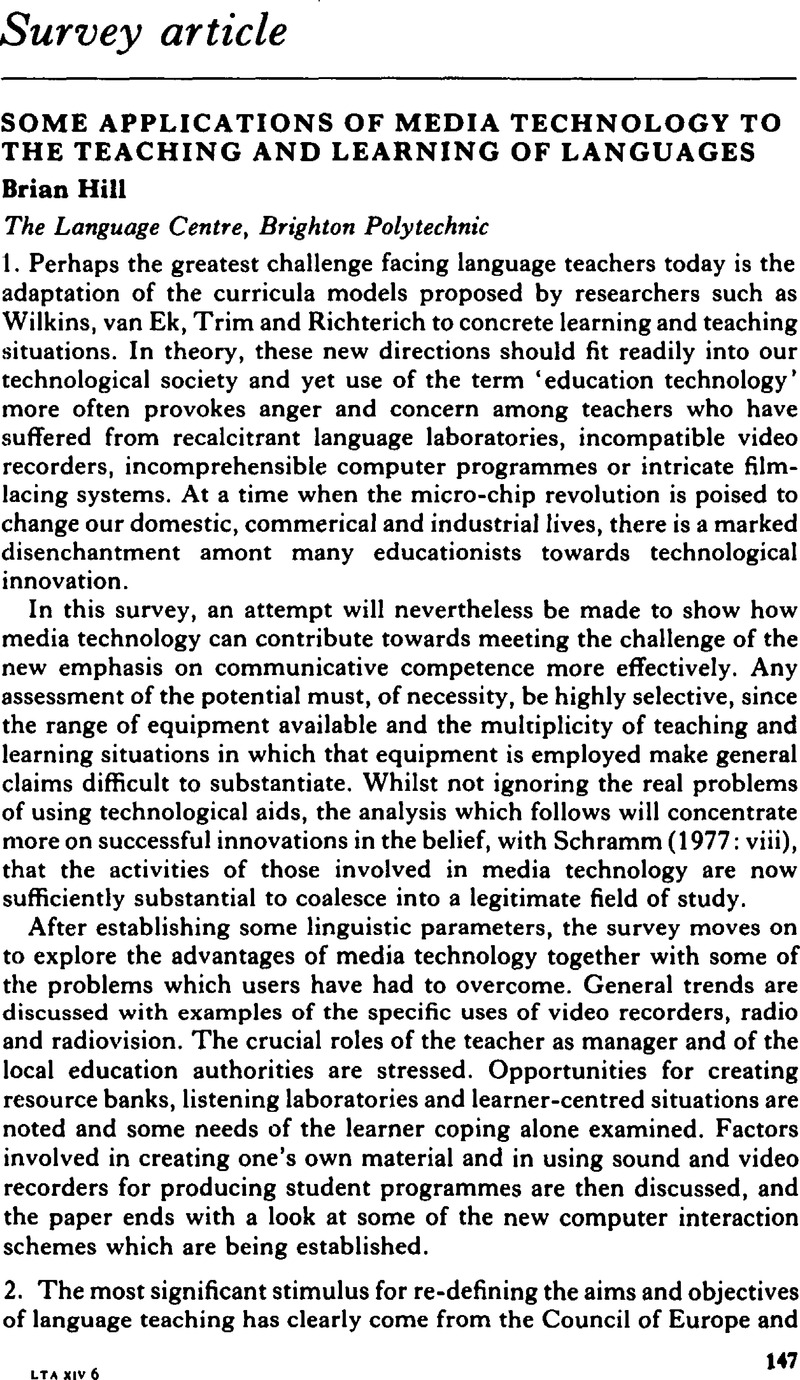Crossref Citations
This article has been cited by the following publications. This list is generated based on data provided by Crossref.
Zettersten, Arne
1986.
New Technologies in Language Learning.
p.
101.
1986.
New Technologies in Language Learning.
p.
171.





